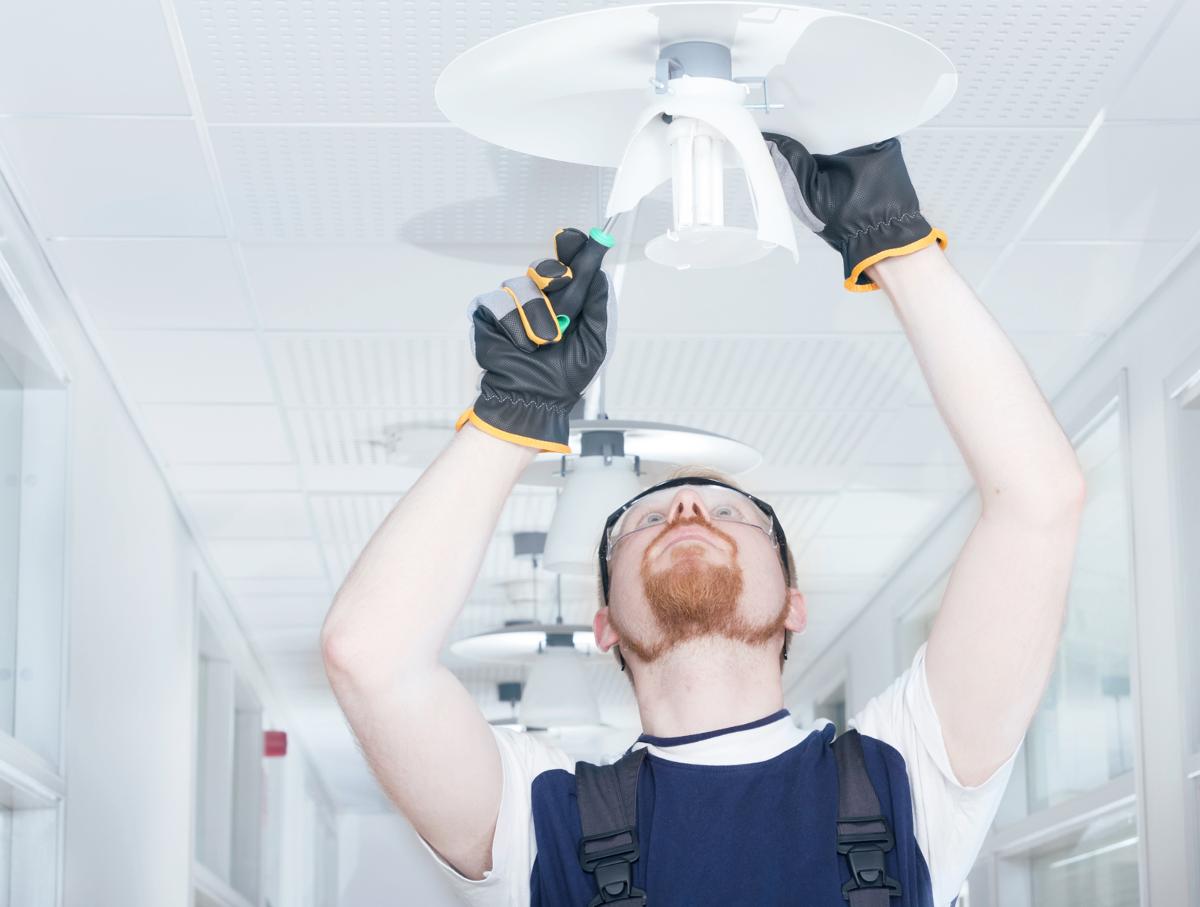Plant format refers back to the arrangement of machinery, tools, workstations, and different components inside a producing facility, industrial plant, or any workspace. The primary purpose of plant structure is to design and manage the physical setting in a means that optimizes productivity, effectivity, safety, and total effectiveness. Here are https://www.lighttn.com/architectural-lighting/ and goals of plant format:
Optimizing Productivity: One of the primary goals of plant format is to maximize productivity by arranging workstations and tools in a logical and efficient sequence. An efficient structure reduces pointless materials handling, minimizes bottlenecks, and ensures smooth workflow.
Minimizing Material Handling: Plant format aims to attenuate the motion of materials, products, and parts throughout the facility. By decreasing the gap and time required for material handling, it saves time and labor costs.
Improving Efficiency: An effective plant layout minimizes idle time, waiting time, and downtime. It ensures that equipment and assets are utilized to their full potential, resulting in improved efficiency and output.
Enhancing Safety: Safety is a crucial consideration in plant format design. The association of equipment and equipment should prioritize the safety of employees, minimizing the chance of accidents, collisions, and publicity to hazards.

Reducing Costs: A well-designed plant layout can lead to value financial savings when it comes to labor, vitality, maintenance, and material dealing with. It also can assist determine alternatives for value reduction and course of improvement.
Facilitating Quality Control: An organized plant layout makes it easier to implement quality control measures by making certain that workstations and inspection factors are strategically positioned in the production process.
Flexibility and Adaptability: Plant layouts should allow for flexibility to accommodate changes in manufacturing quantity, product mix, and technological developments. A versatile layout can adapt to evolving enterprise needs.
Optimizing Space Utilization: Effective use of available space is a key consideration in plant layout. Efficient house utilization can result in cost financial savings by lowering the need for added sq. footage or warehouse space.
Enhancing Communication and Collaboration: The layout can impact communication and collaboration amongst employees. An open and well-organized structure can foster better communication and teamwork.
Minimizing Environmental Impact: Plant format design can also contribute to environmental sustainability by optimizing useful resource utilization, decreasing waste, and minimizing vitality consumption.
Compliance with Regulations: Plant layouts should adhere to regulatory requirements and safety standards, making certain that the ability operates within authorized and moral boundaries.
Improving Morale and Job Satisfaction: A well-designed plant format can contribute to a extra comfy and organized work environment, improving worker morale and job satisfaction.
Streamlining Maintenance: Easy entry to equipment and equipment simplifies maintenance and restore duties. An organized format can cut back downtime associated with upkeep actions.
In summary, plant layout serves as a strategic tool for companies and industries to optimize their operations and achieve various targets, including productivity improvement, value discount, safety enhancement, and useful resource efficiency. It is a dynamic course of that should be periodically reviewed and adjusted to accommodate changing wants and technological advancements..
